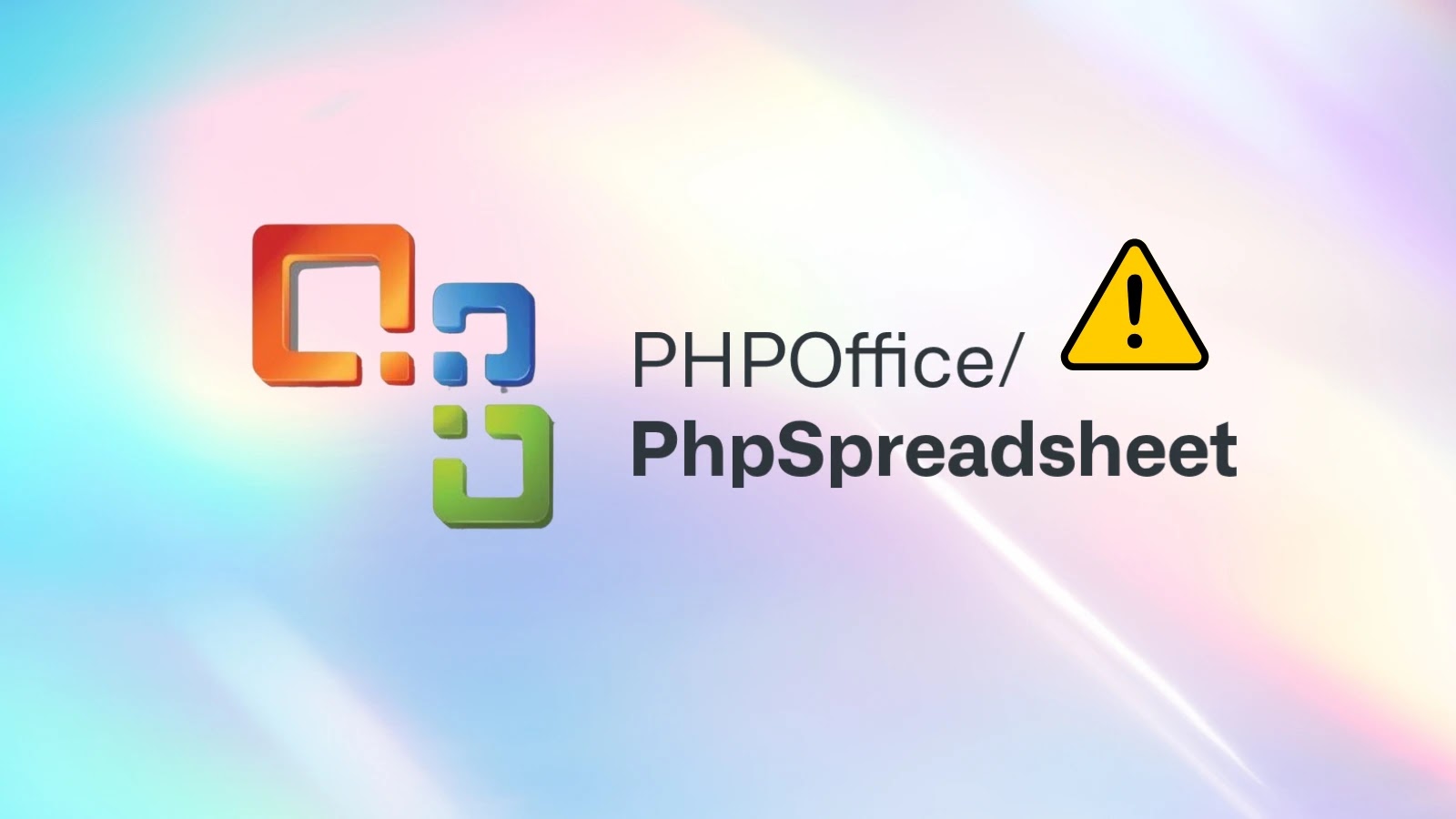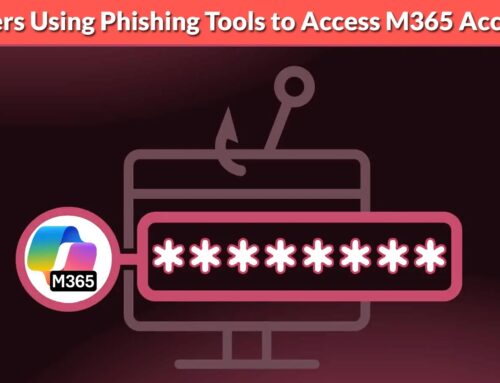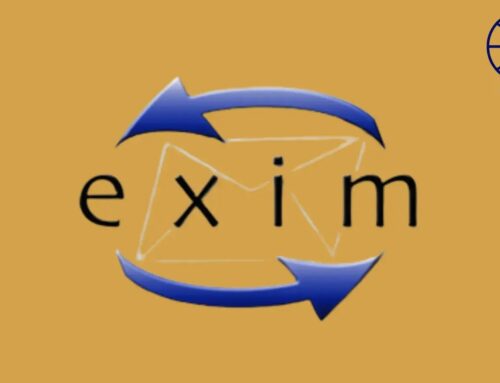
PhpSpreadsheet Library Vulnerability Enables Attackers to Feed Malicious HTML Input
Unmasking the PhpSpreadsheet Vulnerability: A Critical SSRF Threat
The digital landscape is constantly challenged by evolving security threats. A recent high-severity Server-Side Request Forgery (SSRF) vulnerability identified in the widely used PhpSpreadsheet library underscores this reality. This flaw, tracked as CVE-2025-54370, presents a significant risk, potentially allowing sophisticated attackers to exploit internal network resources and compromise server security. Understanding the mechanics of this vulnerability and implementing timely remediation are paramount for organizations leveraging this popular PHP library.
Understanding the PhpSpreadsheet SSRF Vulnerability (CVE-2025-54370)
The vulnerability, assigned a CVSS v4.0 score of 8.7, affects multiple versions of the phpoffice/phpspreadsheet package. At its core, the SSRF flaw resides within the Worksheet\Drawing::setPath function. Attackers can leverage this by feeding malicious HTML input, effectively tricking the server into making requests to arbitrary internal or external resources. This can lead to a range of malicious activities, including:
- Internal Network Scanning: Mapping an organization’s internal network infrastructure.
- Accessing Sensitive Files: Retrieving or manipulating files that should not be publicly accessible.
- Port Scanning: Identifying open ports on internal servers, revealing potential points of entry.
- Bypassing Firewalls and Access Controls: Circumventing security measures to reach otherwise protected systems.
- Remote Code Execution (in combination with other vulnerabilities): Potentially executing arbitrary commands on the compromised server.
The ability to manipulate file paths and trigger server-side requests with attacker-controlled input makes this a formidable threat, demanding immediate attention from developers and security professionals using PhpSpreadsheet.
Impact and Potential Exploitation Scenarios
The implications of a successful SSRF attack via PhpSpreadsheet are severe. Imagine an attacker feeding specially crafted HTML into a form that processes spreadsheets. If the application uses a vulnerable version of PhpSpreadsheet to handle image paths or external links within that HTML, the attacker could force the server to:
- Fetch sensitive data from an internal API that is unexposed to the internet.
- Connect to an internal database, potentially exfiltrating or modifying records.
- Attempt to access cloud instance metadata services, gaining credentials or other cloud-specific information.
- Trigger actions on other internal services (e.g., mail servers, internal microservices) that are not designed for public interaction.
These scenarios highlight the critical need for robust input validation and careful handling of external resources within web applications.
Remediation Actions
Addressing CVE-2025-54370 requires immediate and decisive action. Organizations using PhpSpreadsheet must:
- Upgrade PhpSpreadsheet: The primary and most effective mitigation is to upgrade to the latest patched version of the
phpoffice/phpspreadsheetlibrary. Always refer to the official PhpSpreadsheet documentation or GitHub repository for the specific patched versions and upgrade instructions. - Implement Strict Input Validation: Even after upgrading, always validate all user-supplied input strings, especially those that might be interpreted as file paths, URLs, or external resources. Implement allowlists for allowed protocols, domains, and IP addresses.
- Disable External Entities: Where possible, configure XML parsers and other components to prohibit the processing of external entities.
- Network Segmentation and Firewall Rules: Implement strict network segmentation and firewall rules to limit outbound connections from web servers to internal resources. Allow only necessary communication.
- Principle of Least Privilege: Ensure that the user account running the web server and the PhpSpreadsheet application has only the minimum necessary permissions to perform its functions.
- Regular Security Audits: Conduct regular security audits and penetration testing to identify and address potential vulnerabilities within your application stack.
Tools for Detection and Mitigation
Leveraging appropriate tools is crucial for both identifying vulnerable PhpSpreadsheet installations and implementing broader application security measures.
| Tool Name | Purpose | Link |
|---|---|---|
| Composer | PHP dependency manager; used to update PhpSpreadsheet. | https://getcomposer.org/ |
| OWASP ZAP | Web application security scanner; can identify SSRF and other common vulnerabilities. | https://www.zaproxy.org/ |
| Burp Suite | Integrated platform for performing security testing of web applications. | https://portswigger.net/burp |
| PHPStan | Static analysis tool for PHP; can help identify potential code weaknesses. | https://phpstan.org/ |
| Snyk | Developer security platform for identifying vulnerabilities in open-source dependencies. | https://snyk.io/ |
Conclusion
The discovery of CVE-2025-54370 in the PhpSpreadsheet library serves as a critical reminder of the pervasive nature of SSRF vulnerabilities. Unaddressed, such flaws provide attackers with a potent vector to compromise internal systems, exfiltrate data, and disrupt operations. Proactive measures, including immediate software updates, stringent input validation, and adherence to security best practices, are essential to safeguard web applications and underlying infrastructure against this and similar threats. Vigilance and rapid response remain key pillars of effective cybersecurity.





